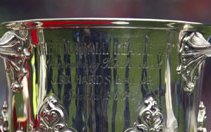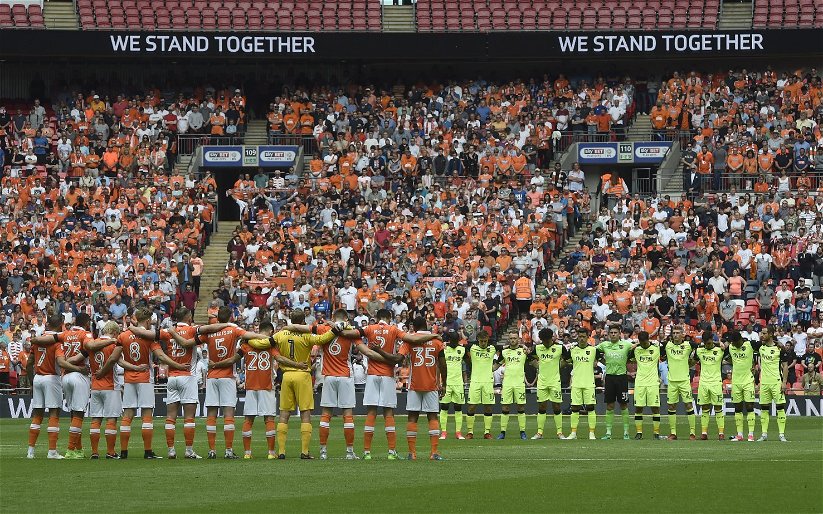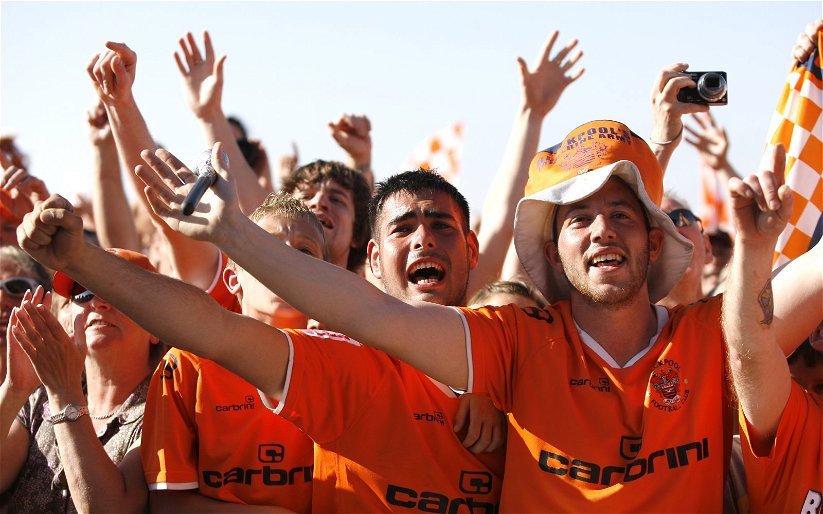Molineux – Wolverhampton Wanderers
No matter what happens this season there’s been some memorable games and Tuesday night’s will be up there with the best of them.
We rode our luck at times said Holloway and he added that after the Manchester games we were due some. Now Saturday sees us travelling to Molineux – a ground where in recent years we’ve played reasonably well and still not got the result. Wolves have beaten both Manchester teams at home this season and a draw come Saturday won’t be disastrous.
How to get there:
From the North – Take the M6 South to junction 12, then turn right onto the A5, after 1 mile take a left onto Stafford Road A449, continue past the Goodyear factory until you reach the Five Ways roundabout, here take the 3rd exit onto Waterloo Road, the ground will be 0.25 miles on your left hand side.
From the South – Take the M6 to junction 10, then join the A454 continue on this road until you pass Wolverhampton Railway Station, then take the second right into Waterloo Road, after 0.25 miles the ground will be on your right hand side. Street parking is available around the ground.
For the Virgin lovers it’s a 15 minute walk from the station. Head towards the town centre and follow to the left.
The Ground
The Molineux name originates from Benjamin Molineux, a successful local merchant who, in 1744, purchased land on which he built Molineux House (later converted to the Molineux Hotel) and on which the stadium would eventually be built.
The estate was purchased in 1860 by O.E. McGregor, who converted the land into a pleasure park open to the public. Molineux Grounds, as it was titled, included a wide range of facilities including an ice rink, a cycling track, a boating lake and, most crucially, an area for football.
The grounds were sold to the Northampton Brewery in 1889, who rented its use to Wolves, who had previously lacked a permanent home. After renovating the site, the first ever league game was staged on 7 September 1889 in a 2-0 victory over Notts County before a crowd of 4,000.
Wolves bought the freehold in 1923 for £5,607 and soon set about constructing a major grandstand on the Waterloo Road side.
In 1932, the club also built a new stand on the Molineux Street side and followed this with adding a roof to the South Bank two years later. The stadium finally now had four stands, which formed Molineux for the next half century.
In 1953, the club became one of the first to install floodlights, at a cost of around £10,000. The first ever floodlit game was held on 30 September 1953, as Wolves won 3-1 against South Africa. The addition of the floodlights opened the door for Molineux to host a series of midweek friendlies against teams from across the globe. In the days prior to the formation of the European Cup and international club competitions, these games were highly prestigious and gained huge crowds and interest, the BBC often televising such events. A new taller set was later installed in 1957, at a cost of £25,000, as the stadium prepared to host its first European Cup games.
The Molineux Street Stand (by now all-seater) failed to meet the standards of the 1975 Safety of Sports Grounds Act. The club set about building a new stand behind the existing one, on land where housing had been demolished. The new stand, designed by architects Atherden and Rutter, had a 9,500 capacity, equipped with 42 executive boxes, although sporting red seats in contrast to the club’s traditional colours. When the construction was complete, the old stand lying in front was demolished. This new stand, named the John Ireland Stand (after the then-club president), was opened on 25 August 1979 at the start of a First Division game against Liverpool.
The pitch was not moved following this development and so the stand was some 100 ft from the touchline. The project had cost £10 million and been one of the most expensive developments at any football ground and the cost of its construction plunged Wolves deep into debt and they narrowly avoided liquidation in 1982, when taken over by a group fronted by former player Derek Dougan. By the time Wolves slid into the Fourth Division in 1986, the John Ireland Stand and the South Bank terrace were the only sections of the ground in use, after new safety laws implemented following the Bradford City stadium fire forced the closure of the North Bank and Waterloo Road Stand, which were very dilapidated. As well as that, attendances had fallen due to the club’s on-the-field decline.
The club’s perilous financial situation meant the stadium fell into ruin, with no funding either for repairs or to move the pitch. The club was saved from folding in August 1986 when Wolverhampton Council bought the ground for £1.12 million, along with the surrounding land, while Gallagher Estates, in conjunction with Asda, agreed to pay off the outstanding debt – subject to building and planning permission for a superstore being granted. Although the stadium continued in use, the disused sections were never reopened.
The takeover of the club and stadium by Sir Jack Hayward in 1990 paved the way for redevelopment, which was further prompted by legislation following the Taylor Report that outlawed terraces which affected Premier League and Division One stadiums from the 1993-94 season.
The North Bank terrace was demolished in October 1991, and, the following summer, the new Stan Cullis Stand was completed in August 1992, in time for the 1992-93 season. Next came the demolition of the Waterloo Road Stand, with the new Billy Wright Stand opening in August 1993. The final phase of the redevelopment came in December 1993, when the new Jack Harris Stand was opened on the site of the South Bank terrace.
The newly-renovated stadium was officially opened on 7 December 1993, in a friendly with Honvéd, the Hungarian team who had been beaten in one of Molineux’s most famous original floodlit friendlies.
Molineux, with an all-seated capacity of 28,525, was then one of the largest stadiums in England, although this figure has since been exceeded by other new or revamped stadia.
In 2003, the John Ireland Stand was renamed the Steve Bull Stand (in honour of the club’s highest goalscorer of all time), and at the same time the south-west corner of the ground was filled with 900 temporary seats, known as the Graham Hughes Stand, which, until their removal in the summer of 2006, raised the Molineux capacity to 29,400. This expansion occurred when Wolves were promoted to the Premier League, and allowed the club to set a record crowd for the redeveloped stadium of 29,396 on 17 January 2004, when they defeated Manchester United 1-0. This seating area – now officially named the Wolves Community Trust Stand – has again been added since the club’s return to the top flight in 2009, creating the present total capacity of 29,195.
We’ll be sat in the Jack Harris stand with a sell out allocation of just 1400.
Where to drink:
Most pubs around the ground adopt a member’s only approach, allowing few if any away fans in and certainly not wearing colours. Away fans report that it can be quite intimidating around the ground, and due to the closeness of the town centre suggestions are that the town centre is a safer and friendlier place to drink. For CAMRA lovers try the Great Western behind the train station. Police have previously designated the Walkabout on Queen St as a away fans pub.
Stewards & Plod
The stewarding is regarded here as low key, adopting a common sense approach, Plod will have a visible presence outside the ground.
Fear Factor rating – 5
It’s the business end of the season and every point counts. 3 some may say ‘unexpected’ points midweek coupled with a point on Saturday would make fantastic reading of the league tables come Saturday night.
Every game’s literally a cup final, McCarthy said that he felt like Dick Turpin a couple of years ago when they beat us, here’s hoping that come 5pm on Saturday it’s a case of the ‘Pool having committed a case of daylight robbery – payback’s a bitch Mick.
Onwards + Upwards
Share this article



